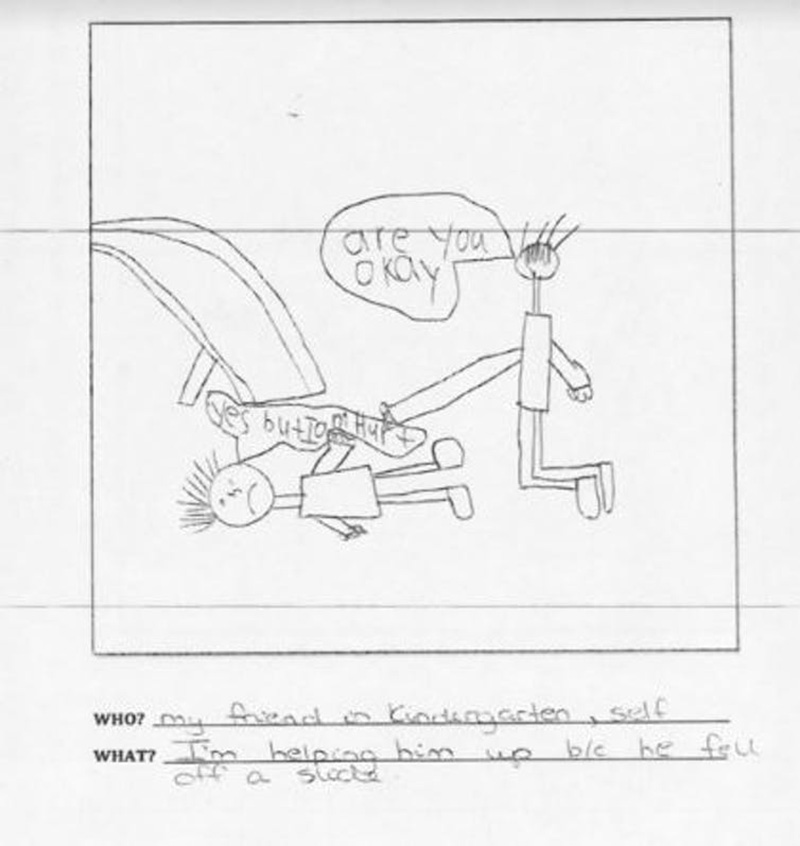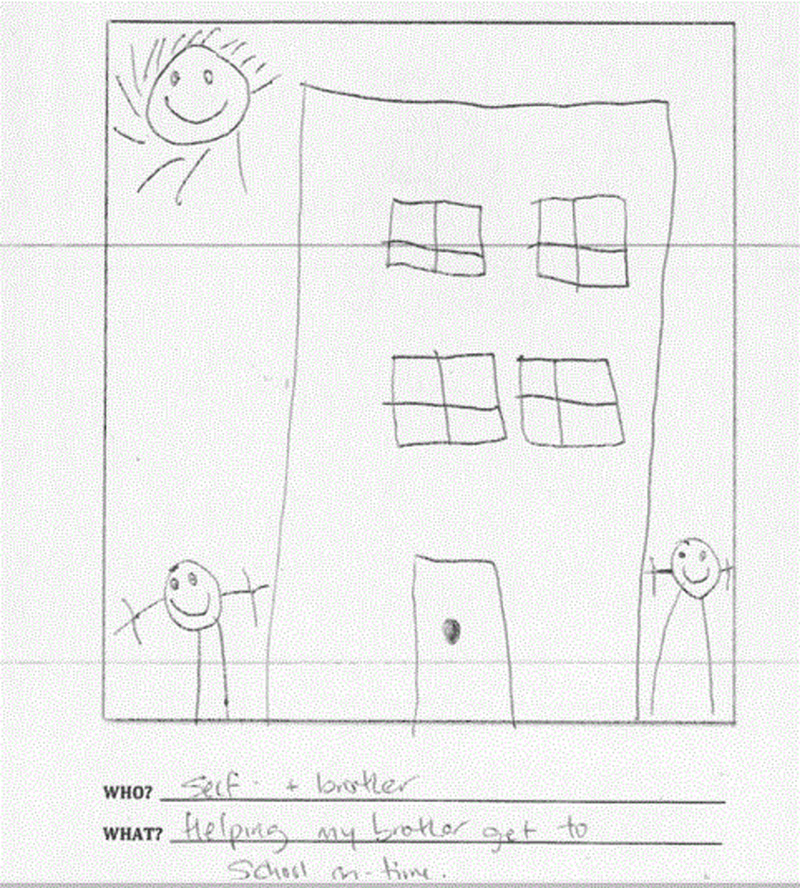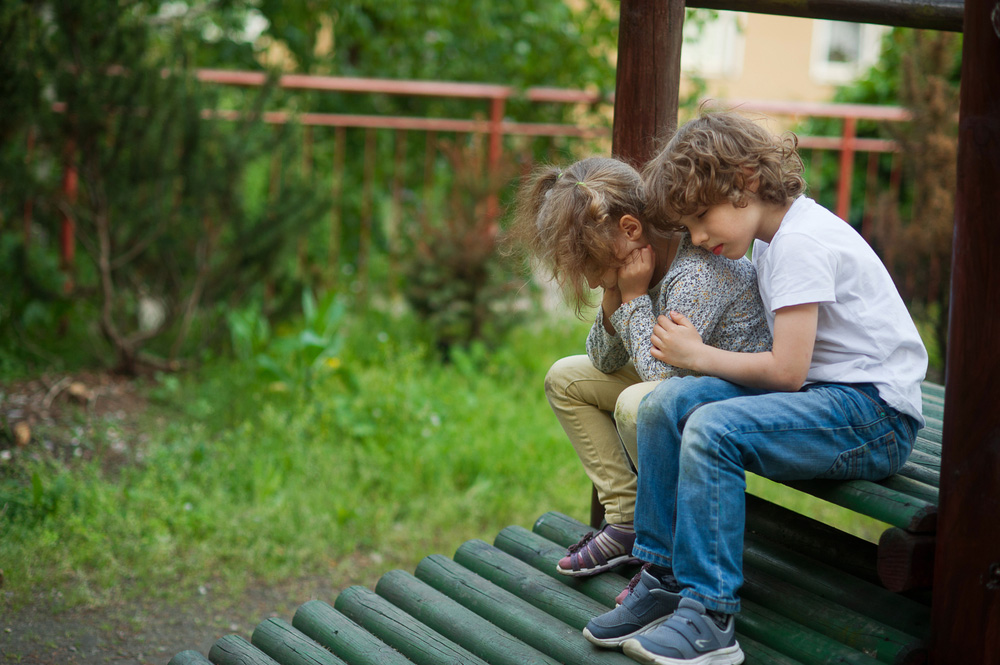After asking more than 3,000 students about kindness, I’ve learned a lot about just how children and adolescents understand and enact kindness, especially at school. The results might surprise parents and educators.
One trend in kindness research is to assess the effects of being kind on the well-being of participants. Researchers have found, across studies, that completing kind acts such as spending money on a stranger, counting the number of kind acts you’ve done each week and doing kind acts for people with whom you have varying social connections all boost well-being.
When I began studying kindness as an education researcher at the University of British Columbia, I noticed that, firstly, there was no measure to assess perceptions of kindness in school. Secondly, we knew very little about how kids understood and demonstrated kindness.
Measuring and defining kindness
My foray into understanding kindness began with seeking to measure it. I teamed up with two colleagues, Anne M. Gadermann, a specialist in the social determinants of health, and Kimberly A. Schonert-Reichl, an applied developmental psychologist. With them, I developed the School Kindness Scale.
Using a five-point scale, I surveyed 1,753 students in grades 4 through 8 about their thoughts on how often kindness occurred in their school and whether kindness was encouraged and modelled by adults in their school.
Findings from this study revealed gender differences in perceptions of school kindness with girls reporting higher perceptions of kindness in school than did boys.
We also noted an unfortunate pattern — students perceive their school as less kind from grades 4 to 8. This pattern is consistent with findings by Canadian and Italian researchers who identified a decrease in pro-social behaviour from childhood to adolescence and findings that students become less connected to school as they transition from childhood to adolescence.
Along with graduate student researcher Holli-Anne Passmore, I also sought to explore children’s understandings of kindness. The children who gauged kindness on the scale as described above also wrote responses to a series of open-ended questions on kindness such as “What does it mean to be kind?” and “What is an example of kindness you have done at school?”

We found three themes accounted for about 68 per cent of all responses: helping (about 33 per cent), showing respect (about 24 per cent) and encouraging or advocating (about 11 per cent).
What kindness looks like
There was also very little research on young children so I set out to ask hundreds of five- to eight-year-olds what kindness looked like and to draw a picture of them doing something kind at school.

This “drawing-telling” methodology revealed rich examples of how young students are kind. I found that the prevalent themes of young children’s kindness included helping physically, helping emotionally and sharing. Based on a study of 112 children’s drawings, I proposed that kindness, from the perspective of young children, is an “act of emotional or physical support that helps build or maintain relationships with others.”
I also asked young children about their perceptions of teacher kindness. This forged new ground in kindness research and provided a window into student-teacher relations. Surprisingly, when over 650 children between kindergarten and Grade 3 were asked to illustrate a teacher being kind, almost three-quarters identified a teacher teaching.
What was additionally curious was that students drew teachers helping a fellow student — a peer — in the class. Noticing this reinforced that students are highly observant. Instruction to classmates is perceived as teachers’ kindness.
This finding should bolster educators’ understanding of how to build positive rapport with students. It’s not so much field trips, guest speakers and special events that encourage students to describe their teacher as kind — from the perspective of young children, teachers are kind when they are teaching.
Quiet kindness
Based on this study and others mentioned above, it became clear that children and adolescents enacted kindness in varied ways, falling into at least three distinct categories.

Familiar to most readers is “random” kindness or what I think is more aptly called “responsive” kindness — kindness where we react to a perceived need for physical or emotional support. The second category is what I call “intentional kindness” — kindness that is planned, thought out and delivered to support someone’s physical, social or emotional needs.
The last way that children and adolescents enact kindness is through what I call “quiet kindness” — a socially and emotionally sophisticated kindness that only the initiator knows about. I argue this category of kindness requires a well-honed ability to see from a variety of perspectives and a low need for recognition or reinforcement.
More research is needed to uncover to what extent the kind acts of children and adolescents fall into these categories and whether there are benefits to well-being arising from practicing different types of kindness.
Encouraging intentional kindness
Defining and providing examples of kind acts did not come easily to all students, and some students needed support in being kind. So I developed a model for encouraging intentional kindness in the classroom. It includes having students first identify who needs kindness around them, followed by a step-by-step guide to planning a kind act for others. This includes deciding if the act will be driven by time and effort (like shovelling someone’s driveway) or if it will require materials (for example, making someone a gift basket).
Educators and parents are well-positioned to create conditions that encourage children and adolescents to be kind. Doing so helps create learning communities that promote optimal peer relations, student-teacher rapport and caring school environments.
![]()
![]()
















Tyee Commenting Guidelines
Comments that violate guidelines risk being deleted, and violations may result in a temporary or permanent user ban. Maintain the spirit of good conversation to stay in the discussion.
*Please note The Tyee is not a forum for spreading misinformation about COVID-19, denying its existence or minimizing its risk to public health.
Do:
Do not: